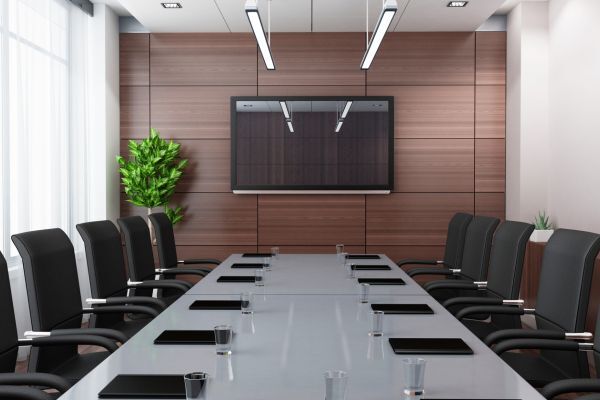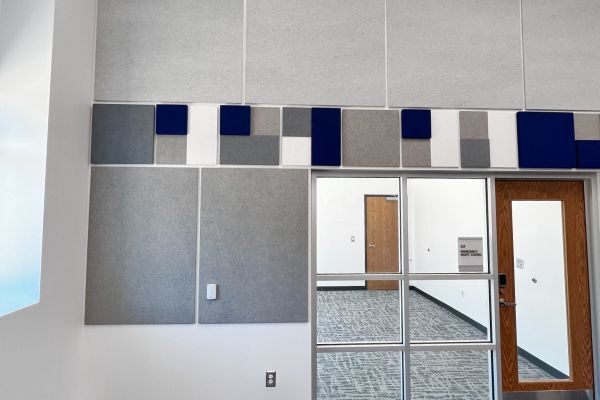Conference Room Soundproofing Products
Upgrade your conference room with acoustic panels designed to reduce echo and improve speech clarity, so every meeting feels focused and professional. Keep conversations private and outside distractions where they belong by sealing the room with quality soundproofing products. Together, these solutions make it easy to create soundproof meeting rooms where conversations stay clear and confidential. Whether it’s a client presentation or an all-hands, your team will hear—and be heard—better.


